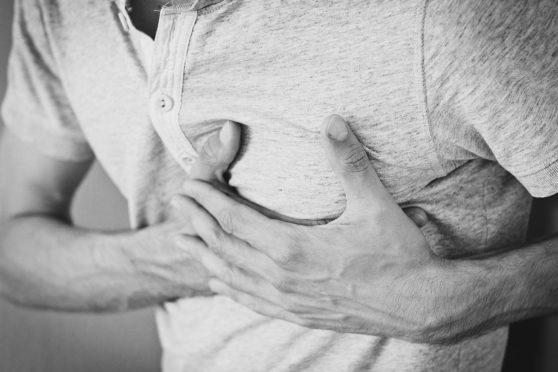Dear readers,
After the brief outline on cardiovascular diseases, today we will focus on myocardial infarction, popularly known as a heart attack. Let’s have a deeper look at what is the role of PA and exercise in this case.
What is meant by myocardial infarction?
It means permanent damage to the heart muscle (myocardium), literally known as “death of heart muscle”. This happens when the heart suffers an insufficient supply of oxygen caused by prolonged cardiac ischemia. Thus, the heart is unable to pump efficiently to meet the body’s demands. The principal cause is usually due to coronary artery disease (atherosclerosis), blood clot or coronary artery spasm.
Note that, myocardial infarction has not to be confused with the sudden cardiac arrest.
Risk factors
Both non-modifiable (age, gender, familiarity) and modifiable (high blood pressure, diabetes, obesity, lack of exercise, high blood cholesterol, smoking, poor diet) risk factors play a fundamental role in the onset of myocardial infarction.
Symptoms
Some of the most common symptoms are the chest discomfort or pain (angina), that can diffuse to neck, jaw, shoulder or arm, a fast heartbeat, sweating, fatigue and shortness of breath. However, it is important to distinguish between a transient and reversible cardiac ischemic attack, which lead to angina pectoris (or stable angina) and a prolonged and irreversible cardiac ischemic attack, which lead to unstable angina shaping the myocardial infarction. Differently from stable angina, which usually lasts a short time (about 2 up to 10/15 minutes), pain provoked by myocardial infarction lasts longer (more than 20 minutes). Though, symptoms may not occur and, in this case, we are in front of a “silent” myocardial ischemia.
Treatment
The goal is to improve blood flow to the heart muscle. Depending on the severity of the individual condition, different treatments are done and may include medications or more aggressive procedures such as bypass surgery or angioplasty. Moreover, lifestyle changes represent an important part of the treatment (e.g., quit smoking, decrease stress, eat healthier).
Exercise and save your heart
The chances to get stacked in a myocardial infarction can be prevented. We already know and we largely discussed that regular exercise can prevent several diseases. Thus, engaging healthy lifestyle choices play a pivot role in primary prevention.
Can I exercise after a heart attack?
Of course! Initial evaluations are made case by case and are essential to avoid serious complications. Thus, the prescription of the best exercise protocol has to consider the risk stratification, meaning if the patient is at low, moderate or high risk. Note that, based on the risk assessment, the modality of the exercise in terms of FITT (frequency, intensity, time and type) principle will change.
Since the exercise program is individually set, generally speaking, we can give these recommendations:
- Start slowly and gradually approximately 1-2 weeks after a heart attack.
- Do simple exercises gradually building up your fitness (e.g., begin to walk at low-moderate intensity for about 5-10 minutes the first week setting the aim to reach 30 minutes of walking most days of the week).
- Always remember to warm-up, cool-down and stretch.
- Following medical clearance, you can decide to do more adding new exercises.
Choose an activity that you can do, that you like and … take your time.
References
Encyclopedia, M., & attack, B. (2020). Being active after your heart attack: MedlinePlus Medical Encyclopedia. Medlineplus.gov.
Lu, L., Liu, M., Sun, R., Zheng, Y., & Zhang, P. (2015). Myocardial Infarction: Symptoms and Treatments. Cell biochemistry and biophysics, 72(3), 865–867.
Edited by
Dott.ssa Francesca Greco



Commenta con Facebook